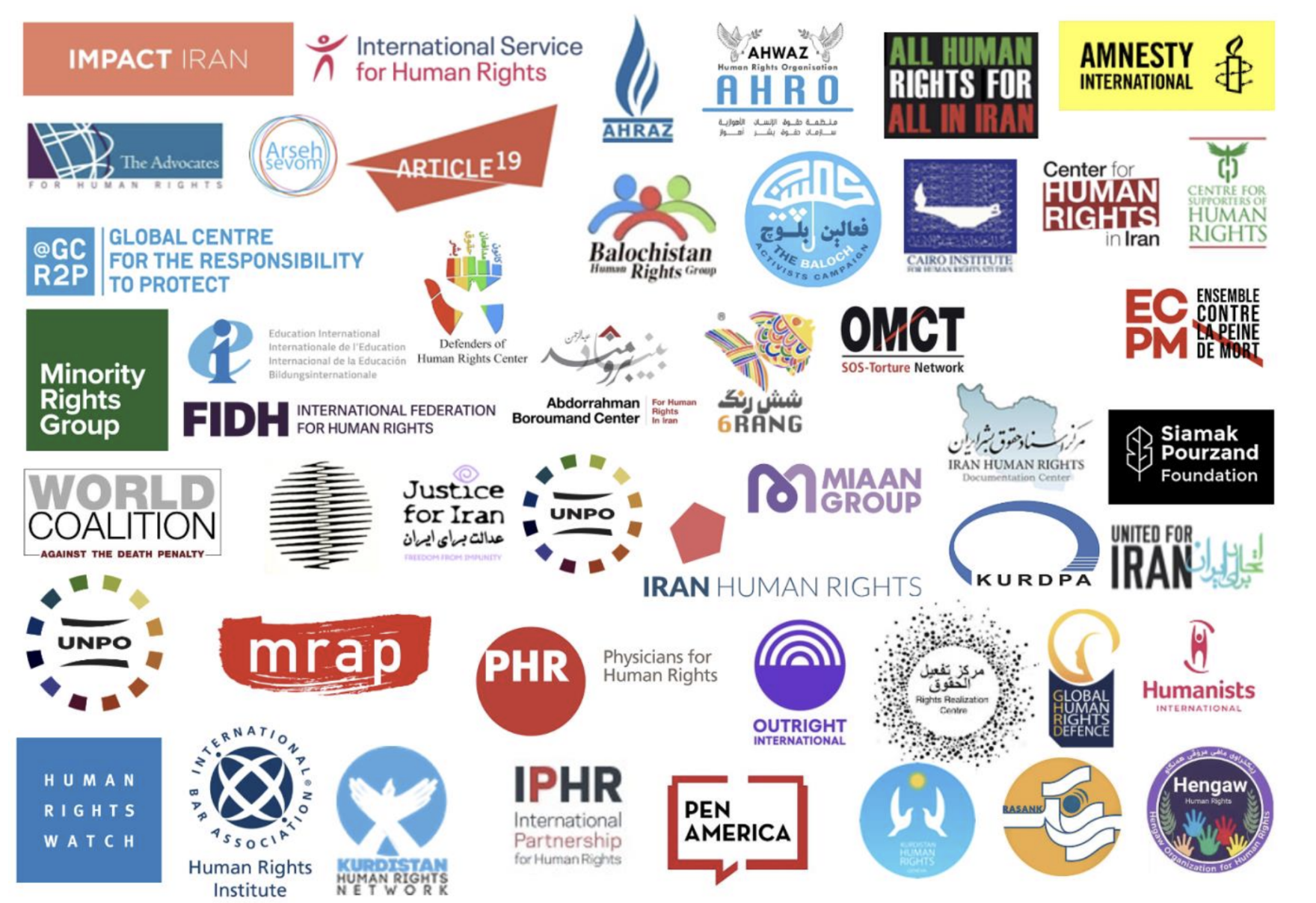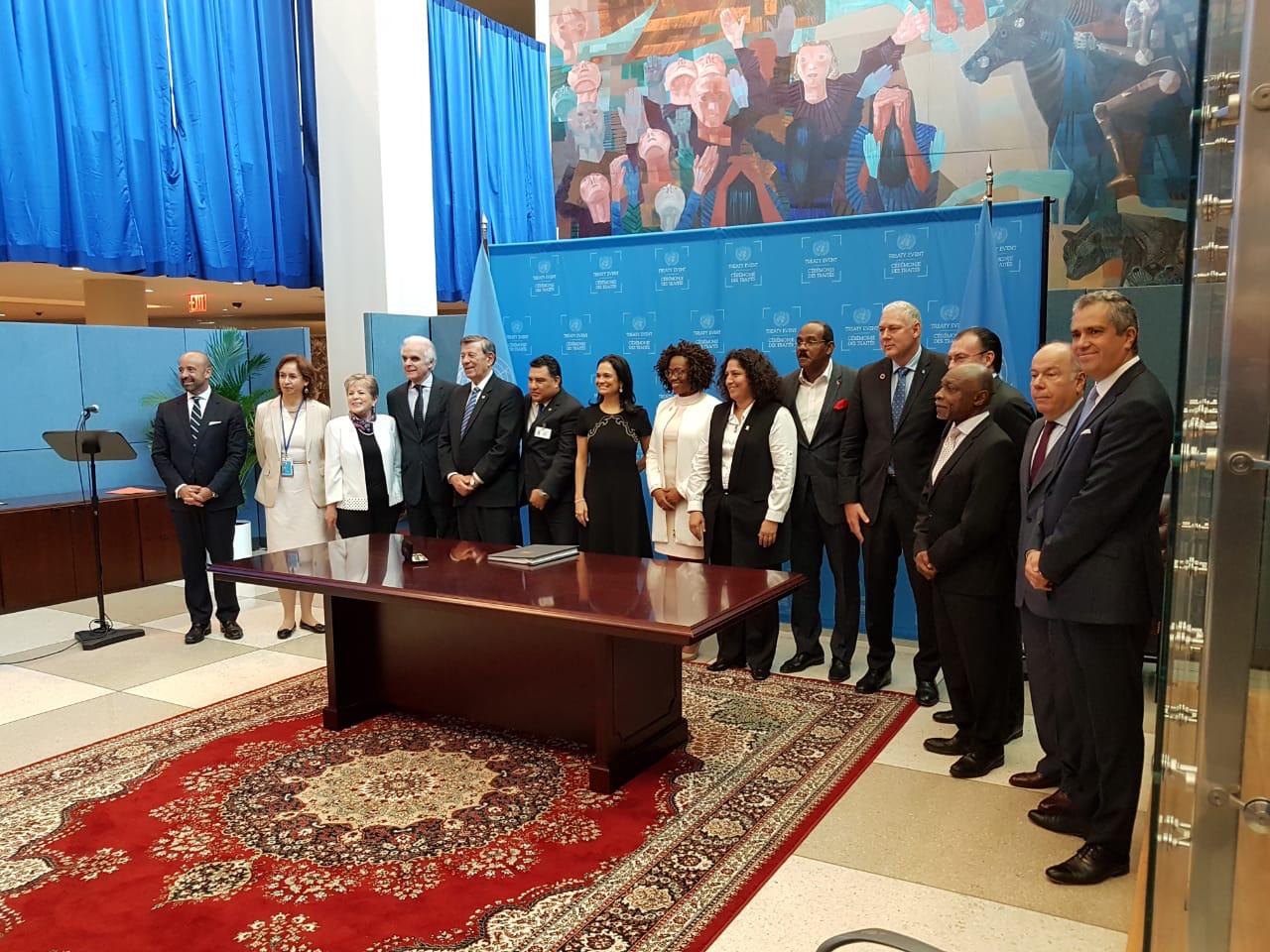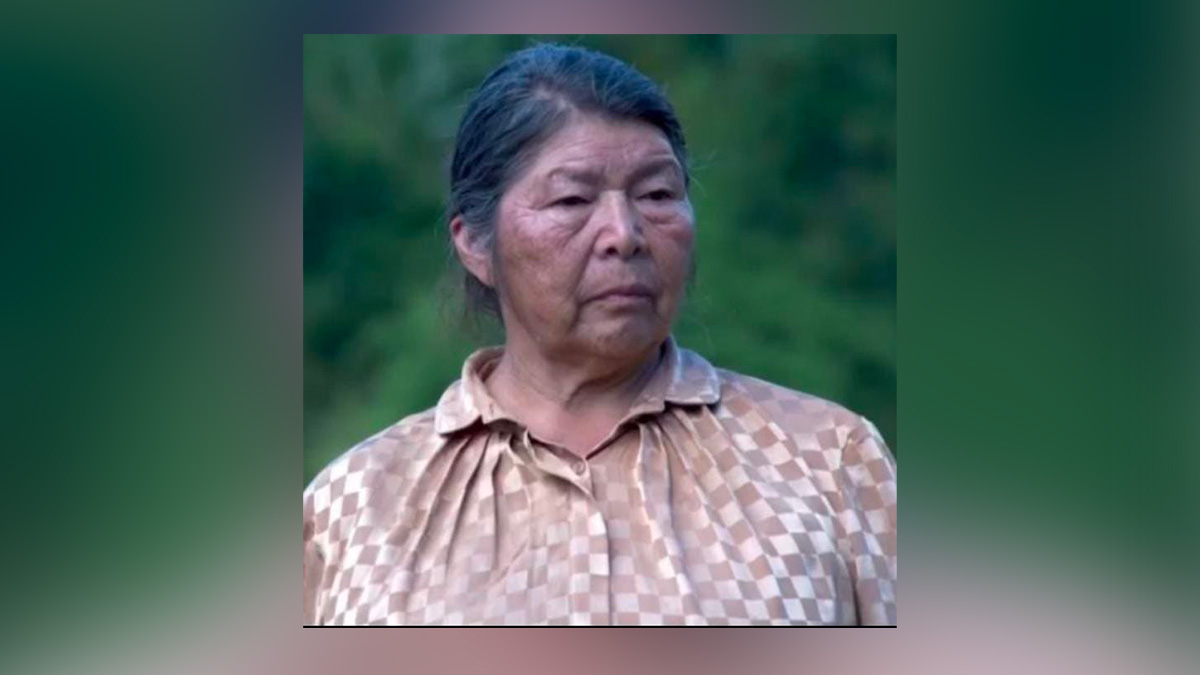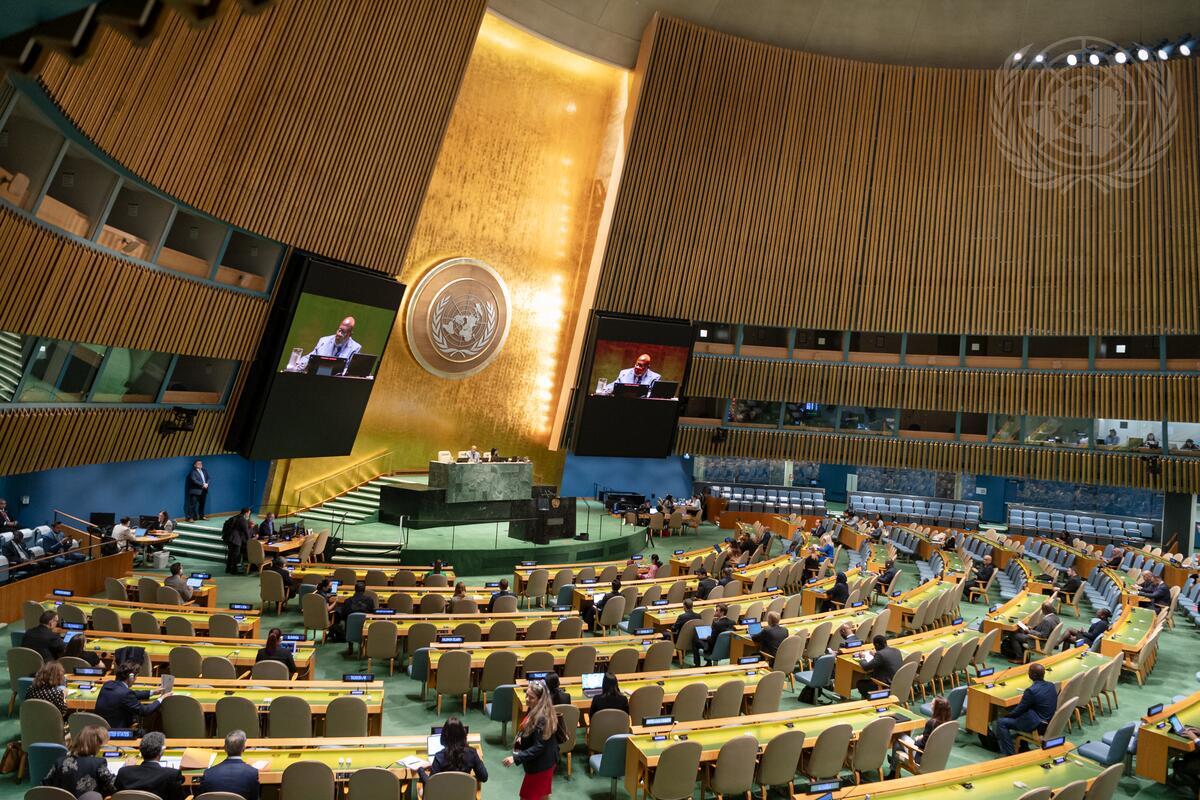
Iran: Human Rights Council must convene a special session
Fifty organisations urge the UN Human Rights Council to urgently convene a special session to address an unprecedented escalation in mass unlawful killings of protesters in Iran.

By Natalia Gomez, Advocacy & Network Engagement Officer, CIVICUS
In Latin America, environmental activists risk their lives as a consequence of the vital work they do. In a significant step toward their protection, States in Latin America and the Caribbean have adopted a regional agreement known as the Escazú Agreement to fight against the spiral of violence against environmental defenders.
On 8 September, in Ituango, Colombia, peaceful activists and campaigners of the ‘Movimiento Rios Vivos’ were unlawfully obstructed by police. Their crime? Participating in the global ‘Rise for Climate’ mobilization, asking for a better protection of the environment and demanding a transition to cleaner energies. Rios Vivos is a human rights movement composed of communities affected by the impacts of ‘Hidroituango’, one of the largest hydroelectric projects in Latin America, currently under construction on the Cauca River. Just this year, two of their members have been assassinated.
In recent years, Global Civil Society Alliance CIVICUS has been reporting a systematic global crackdown on civil society. The growing restrictions on civic space have especially affected human rights defenders. Among them, environmental human rights defenders face one of the most critical situations. Standing up for the environment has become more dangerous every year.
For years, activists from the Ríos Vivos movement in Colombia have denounced being subjected to multiple threats, intimidations and attacks because of their work defending the environment. They have also been subjected to growing stigmatization and criminalization for opposing megaprojects that threaten rivers. The recent restriction of their right to peaceful assembly is just one more example of the ongoing pattern of human rights violations against environmental defenders in the country.
Latin America has consistently occupied the first place in terms of murders of environmental defenders in recent years. As reported by Global Witness, there were 46 reported murders of environmental defenders in 2017 in Brazil, with Colombia following closely behind with 37 murders. How to explain such dramatic figures? A great wealth in natural resources and investment megaprojects – whose impacts generally fall on the most vulnerable communities (indigenous, Afro-descendants and campesinos) – add to the lack of access to information and participation for those affected. Moreover, the perpetrators of crimes against defenders enjoy a continued impunity.
The violent reality faced by environmental defenders in Latin America requires States to commit to their protection. A first step to change the pattern of conflict and lack of participation, and to bring hope to the region, was made on 4 March 2018. That day, twenty-four States in Latin America and the Caribbean adopted the Regional Agreement on Access to Information, Participation and Justice in Environmental Matters for Latin America and the Caribbean (known as the Escazú Agreement). The agreement was born as a response to the need for a stronger environmental democracy in the region, and to counter the spiral of violence against environmental defenders.
Escazú was inspired by the Aarhus Convention adopted in Europe in 1998. The Escazú Agreement adopts the Aarhus Convention’s model of three substantial pillars of environmental democracy:
Furthermore, it adds a significant new pillar on the rights of environmental human rights defenders. The recognition of the role of defenders and the obligation to protect them is included in the general obligations section. It is also the subject of a specific article – article 9 – which creates a protection regime for environmental defenders. Escazú has become the first binding instrument that includes specific commitments for the protection of environmental defenders.
Article 9 of the Escazú Agreement creates a protection regime for environmental defenders articulated at three levels. Parties to the Agreement undertake to:
For a region that has been recognized as the most dangerous to environmental defenders, this agreement is a step taken towards preventing more assassinations and ensuring a safe space for defenders to work.
The Escazú Agreement opened for signature on 27 September 2018, during the United Nations General Assembly in New York. That day 14 (of the 33) countries in Latin America and the Caribbean signed the Agreement, which will remain open for signature for the coming two years. It is essential that countries sign, ratify and promptly implement the Treaty, especially those that have the highest rates of violence against environmental defenders. It is time for governments to act together and deliver real change. For the thousands of people in the region working tirelessly, and exposing their lives, for the protection of the environment Escazú is a much-needed promise for a better future.
Photo @lacp10info

Fifty organisations urge the UN Human Rights Council to urgently convene a special session to address an unprecedented escalation in mass unlawful killings of protesters in Iran.

The Escazú Ahora Chile Foundation, the Protege los Molles Foundation and ISHR demand that the investigation, arrest and legal proceedings involving Julia Chuñil's relatives be conducted in accordance with international standards of due process.

At a time of financial strife and ongoing reform for the organisation, States have adopted a 2026 budget cutting 117 jobs at the UN’s Human Rights Office. The final budget endorses proposed cuts that disproportionately target human rights, imperilling the UN’s ability to investigate grave abuses, and advance human rights globally.